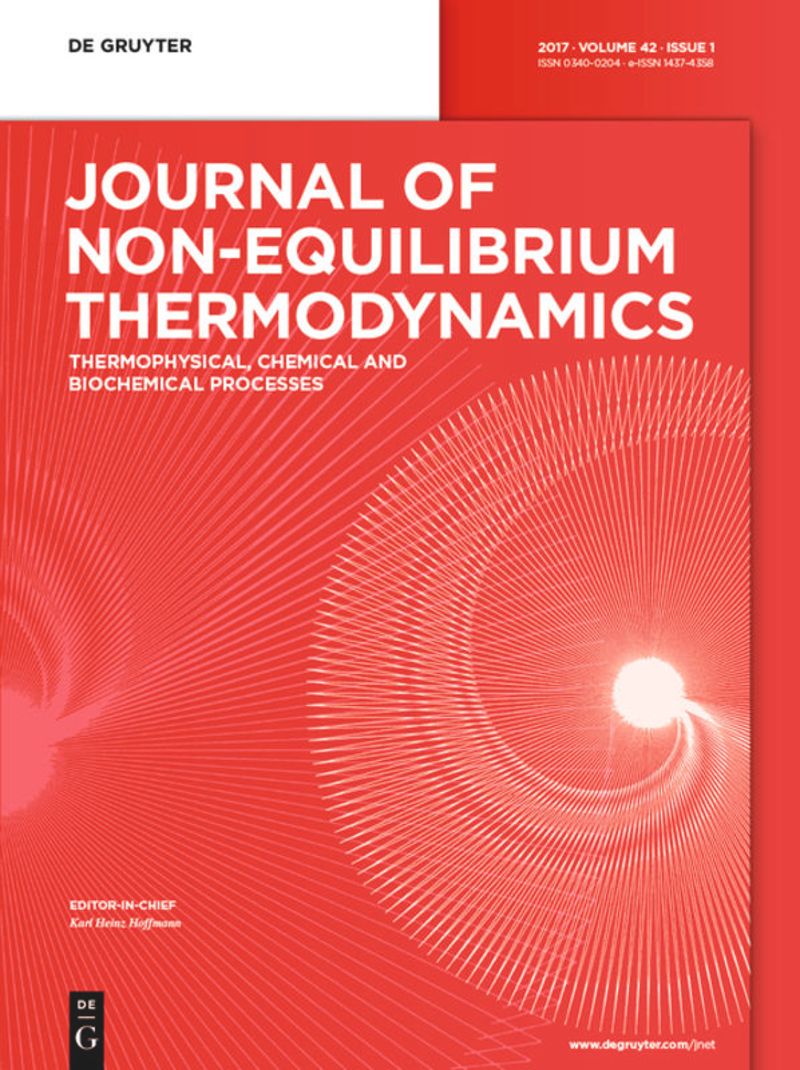Optimized quantum drift diffusion model for a resonant tunneling diode
IF 4.2
3区 工程技术
Q1 MECHANICS
引用次数: 0
Abstract
The main aim of this work is to optimize a Quantum Drift Diffusion model (QDD) (V. Romano, M. Torrisi, and R. Tracinà, “Approximate solutions to the quantum drift-diffusion model of semiconductors,”共振隧道二极管的优化量子漂移扩散模型
这项工作的主要目的是优化量子漂移扩散模型(QDD)(V. Romano, M. Torrisi, and R. Tracinà, "Approximate solutions to the quantum drift-diffusion model of semiconductors," J. Math. Phys.48, p. 023501, 2007; A. El Ayyadi and A. Jüngel, "Semiconductor simulations using a coupled quantum drift-diffusion schrödinger-Poisson model," SIAM J. Appl.物理》,第 148 卷,第 353-386 页,2012 年)与玻尔兹曼-维格纳输运方程(BWTE)(O. Muscato,"Wigner ensemble Monte Carlo simulation without splitting error of a GaAs resonant tunneling diode," J. Comput.电子学》,第 20 卷,第 2062-2069 页,2021 年)使用签名蒙特卡罗方法求解(M. Nedjalkov、H. Kosina、S. Selberherr、C. Ringhofer 和 D. K. Ferry,《小型半导体器件中维格纳-玻尔兹曼传输的统一粒子方法》,《物理评论 B》,第 70 卷,第 115-319 页,2004 年)。研究了一种高非平衡态情况:由砷化镓(GaAs)制成的共振隧道二极管(RTD)中的电子传输,其中有两个砷化镓势垒。分析了应用于 RTD 的合适电压偏置范围。我们发现,当施加的偏压较低或适中时,QDD 模型与 BWTE 之间的一致性可以接受,阈值约为 0.225 V,长度为 150 nm。在更高的偏置电压下,我们预计 QDD 模型会失去准确性。
本文章由计算机程序翻译,如有差异,请以英文原文为准。
求助全文
约1分钟内获得全文
求助全文
来源期刊
CiteScore
9.10
自引率
18.20%
发文量
31
审稿时长
1 months
期刊介绍:
The Journal of Non-Equilibrium Thermodynamics serves as an international publication organ for new ideas, insights and results on non-equilibrium phenomena in science, engineering and related natural systems. The central aim of the journal is to provide a bridge between science and engineering and to promote scientific exchange on a) newly observed non-equilibrium phenomena, b) analytic or numeric modeling for their interpretation, c) vanguard methods to describe non-equilibrium phenomena.
Contributions should – among others – present novel approaches to analyzing, modeling and optimizing processes of engineering relevance such as transport processes of mass, momentum and energy, separation of fluid phases, reproduction of living cells, or energy conversion. The journal is particularly interested in contributions which add to the basic understanding of non-equilibrium phenomena in science and engineering, with systems of interest ranging from the macro- to the nano-level.
The Journal of Non-Equilibrium Thermodynamics has recently expanded its scope to place new emphasis on theoretical and experimental investigations of non-equilibrium phenomena in thermophysical, chemical, biochemical and abstract model systems of engineering relevance. We are therefore pleased to invite submissions which present newly observed non-equilibrium phenomena, analytic or fuzzy models for their interpretation, or new methods for their description.

 求助内容:
求助内容: 应助结果提醒方式:
应助结果提醒方式:


